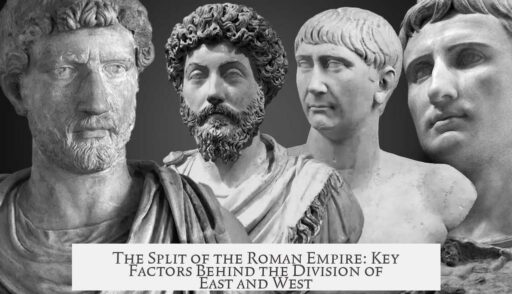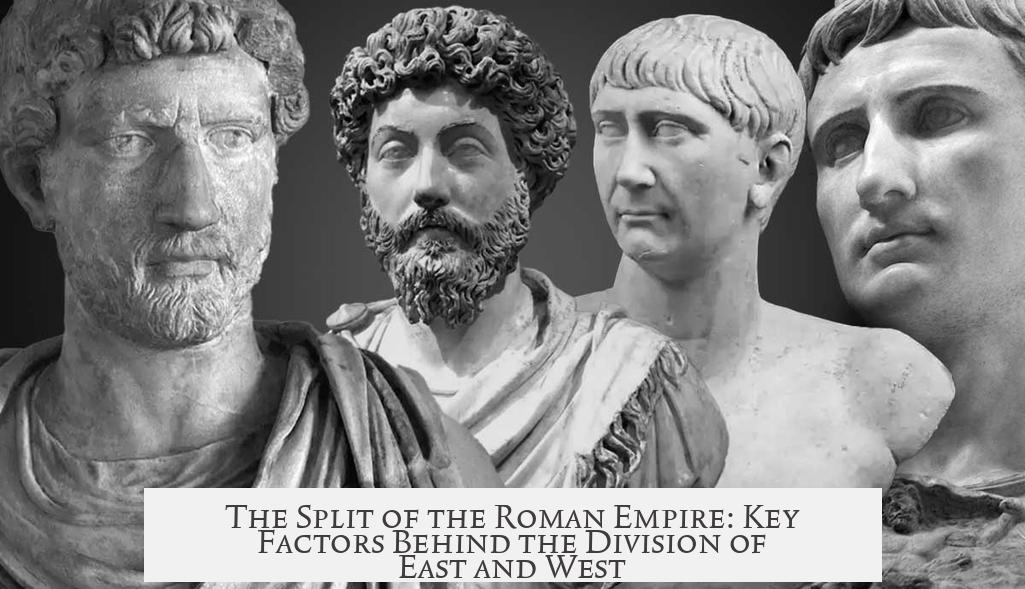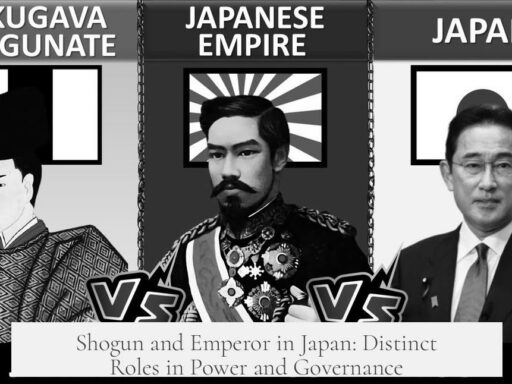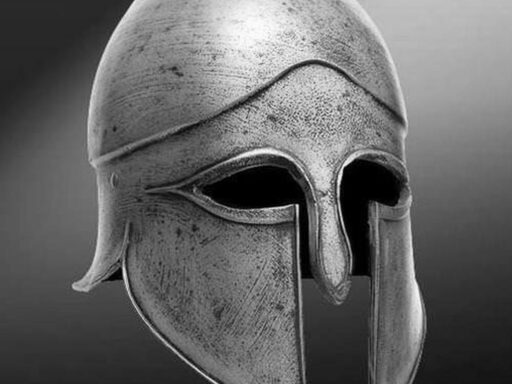The Roman Empire split into East and West primarily as a result of administrative, military, and economic challenges during the Third Century Crisis. The vast size of the empire and ongoing internal strife made unified rule impractical. Emperor Diocletian’s reforms in 285 formalized this division to improve governance and defense.
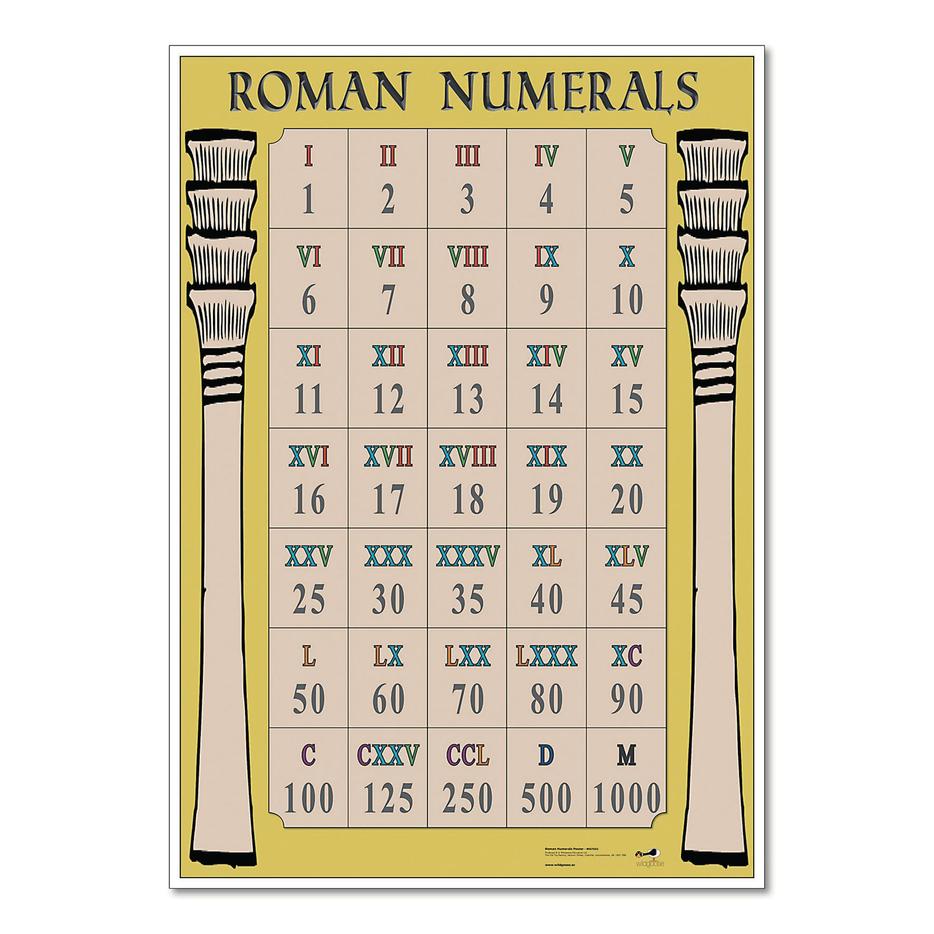
The empire’s size posed major difficulties. The western empire struggled with protection against numerous tribal groups along its northern borders. These tribes constantly shifted alliances, creating an unstable and unpredictable military situation. Meanwhile, the eastern frontier dealt more consistently with established powers like the Parthian and later Persian empires. This made eastern defense more manageable and predictable.
Economically, the East was wealthier and more vibrant. Rome, the original capital, was increasingly remote from the empire’s borders and economic centers. Its location in Italy limited rapid military and administrative response to frontier threats. This disparity motivated a shift of power toward the East, where prosperous provinces fueled the empire’s economy and required stronger governance.
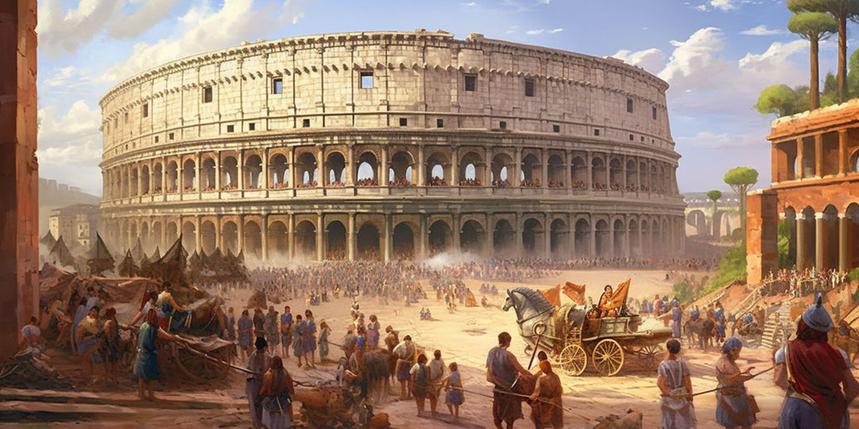
Emperor Constantine further solidified this realignment when he founded a new capital, Constantinople, in a strategic location closer to critical eastern borders and rich provinces. His decision to establish a more defensible and economically central capital marked a turning point that allowed the Eastern Roman Empire to thrive for over a millennium.
- Diocletian’s division aimed to stabilize governance after decades of crisis and anarchy.
- The East’s economic strength made it a natural center for imperial power.
- Military pressures differed sharply between the East and West, influencing administrative needs.
- Constantine’s relocation of the capital formalized the split and enhanced eastern control.
- The Western Empire struggled with volatile tribal threats and less economic prosperity.
This multifaceted division was less a sudden split and more an adaptive response to longstanding challenges in managing a vast and diverse empire.
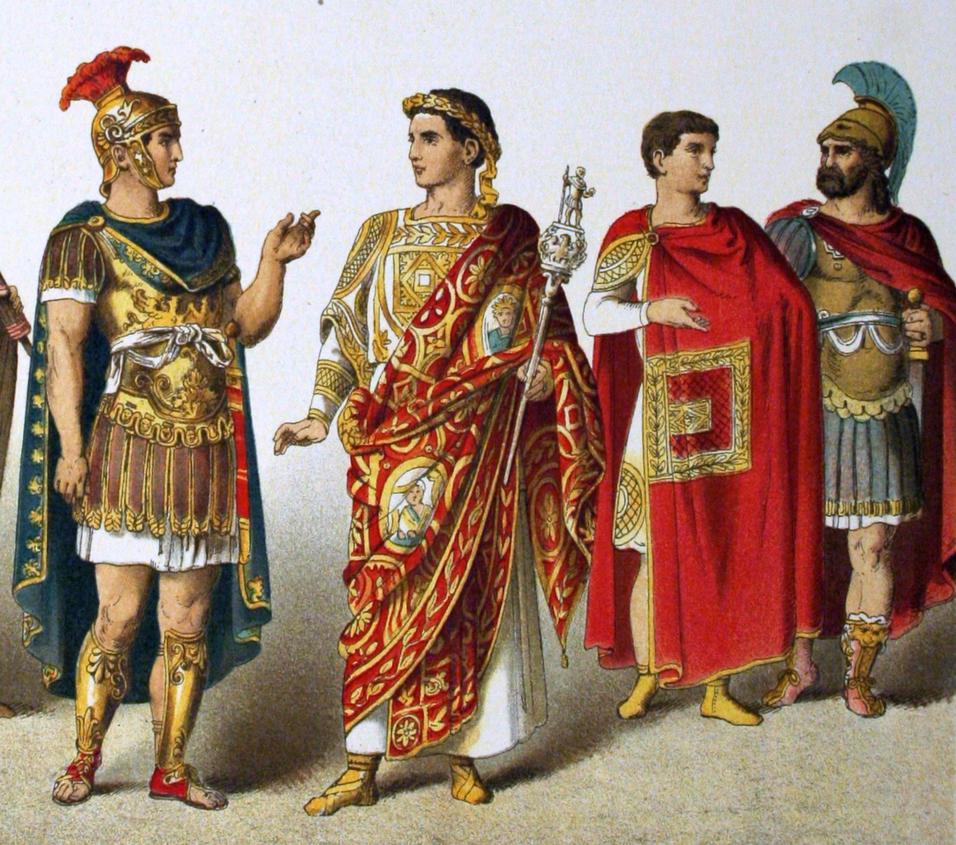
Why and How Did the Roman Empire Split into East and West?
The Roman Empire split into East and West mainly because it became impossible to manage its vast territories effectively under one ruler. This division was a response to the turbulent Third Century Crisis and practical needs in administration, economy, and military defense. Let’s dive deeper into how and why this happened, exploring the emperors’ roles, economic disparities, and military pressures that led to one of history’s most famous partitions.
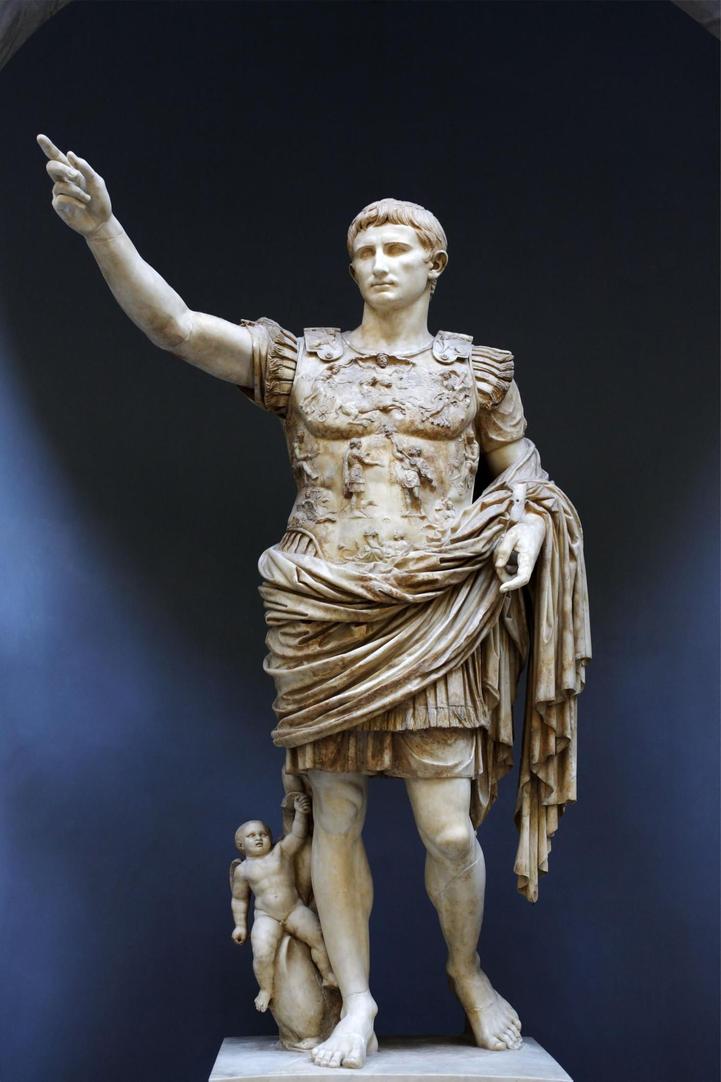
Imagine trying to run a sprawling empire stretching from the cold, rainy coasts of Britain to the sun-drenched sands of Egypt, all while tribal groups and rival kings knock on your borders. Sounds like a headache, right? That was the Roman Empire’s reality in the 3rd century AD.
The Third Century Crisis: Chaos Calls for Change
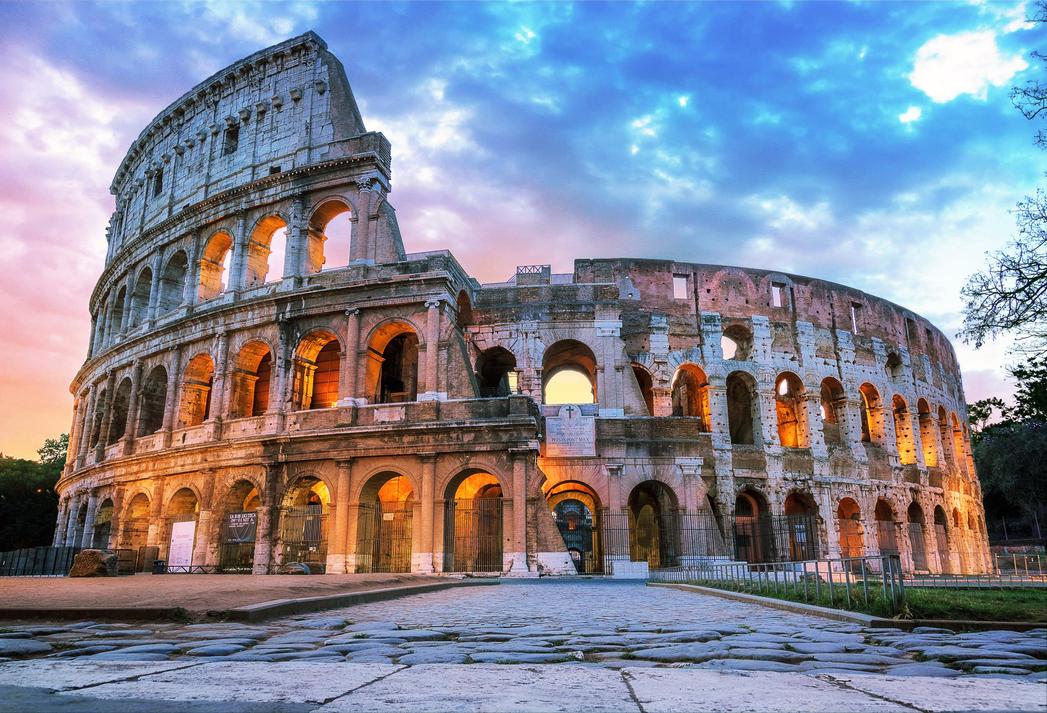
Between 235 and 284 AD, the Roman Empire staggered through what historians call the “Third Century Crisis.” The empire faced continuous threats—from inside and outside—leading to rapid changes in leadership and widespread instability.
One significant problem was military leaders turning their legions into kingmakers, declaring themselves emperors whenever they felt powerful enough. This chaotic carousel made centralized rule nearly impossible. The empire was just too huge for one place or person to govern without the risk of civil war or foreign invasions.
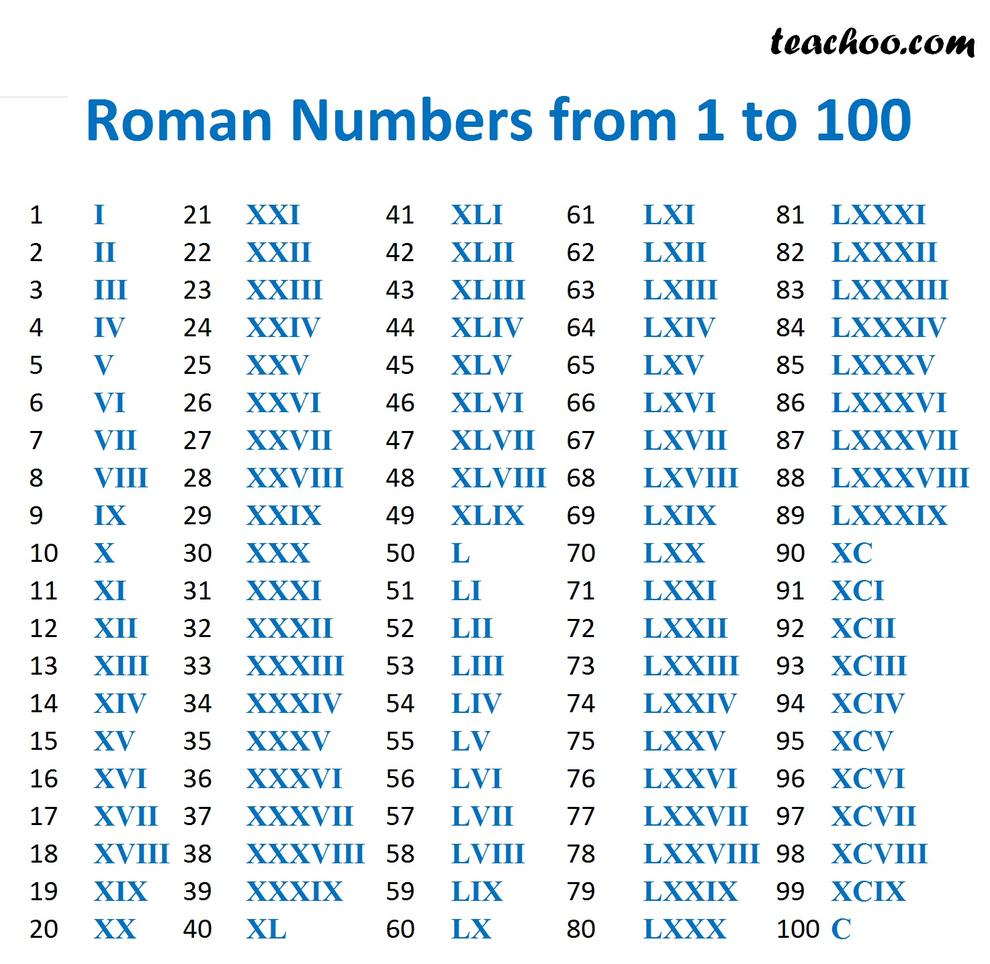
Enter Emperor Diocletian in 285 AD, known for his pragmatic approach. Unlike his predecessors, Diocletian recognized the limits of ruling over the entire empire centrally. He devised a clever solution: share the workload. He elevated a co-emperor for the West, while retaining control over the East. Each emperor had a partner—called the “Caesar”—to ensure smoother transitions. It sounds neat but, in reality, rivalries and conflicts often brewed despite these arrangements.
Economic Reality: The Vibrant East vs. The Struggling West
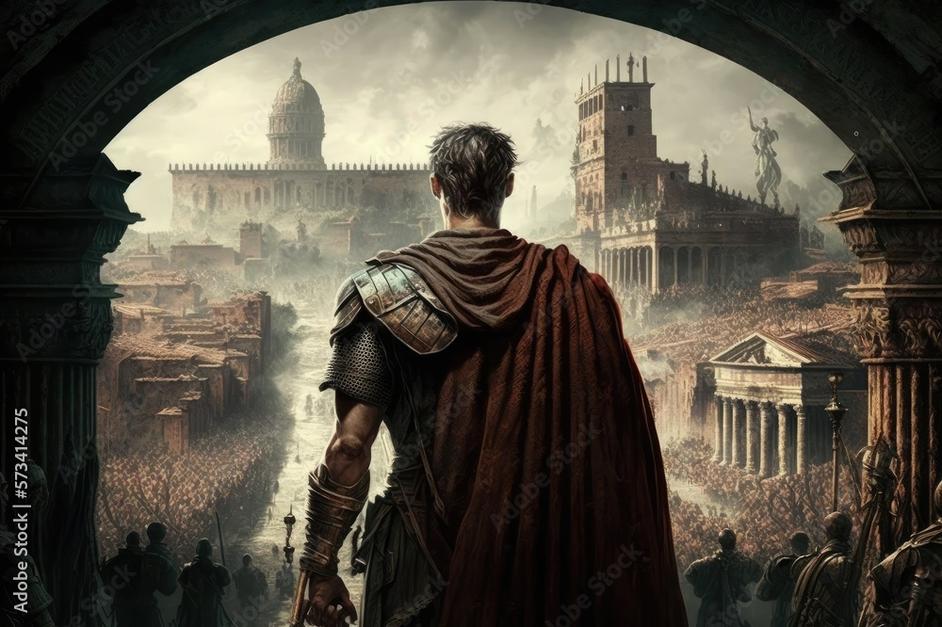
The division wasn’t just bureaucratic—it was deeply economic too. Rome, the heart of the Western Empire, faced a paradox. It was an ancient city built for a different time, now sitting far from the empire’s critical borders and trade routes. The real economic engines pulsed in the East.
The eastern provinces boomed with rich cities like Alexandria and Antioch, trading along major routes that connected Asia, Africa, and Europe. The East had wealth, industry, and stable agricultural lands, making it economically stronger and more defensible.
In contrast, the West was struggling. Its borders were harder to defend, and its economy weaker. The job of the emperor here focused heavily on military defense rather than administration or commerce. It’s like trying to run a business while constantly fighting off robbers—tough to thrive under those conditions.
Constantine’s Vision: Shifting Power and a New Capital
Fast forward a few decades to Constantine the Great, arguably the most dynamic late Roman emperor. Instead of staying put in Rome, he chose a fresh start by founding a new capital city closer to the wealth and borders that mattered most. This city was Byzantium—later known as Constantinople and modern-day Istanbul.
Why? Because Rome was too far west, not as strategically placed for defense or administration. Constantinople was fortified on a peninsula with easy access to land and sea, right where the East was thriving economically and militarily. This move cemented the East’s importance and helped it survive long after the West cracked under pressure.
Military Realities: Why the West Faced More Trouble
When considering military challenges, the Eastern and Western empires faced very different enemies.
| Region | Nature of Threats | Response |
|---|---|---|
| East | Long-lasting empires like Parthia and Persia.Stable entities with predictable diplomacy. | Negotiations and wars with clear fronts.Relatively predictable military engagements. |
| West | Numerous migrating tribes like Goths, Vandals, and Franks.Fluid and shifting alliances. | Constant border skirmishes.Difficulty in diplomacy; alliances often backfired. |
The Western Empire’s northern frontier was like a moveable chessboard. Tribes changed sides, sometimes allied with Rome, other times attacking. This unpredictability sucked resources and attention. In contrast, the East dealt with clear-cut opponents, allowing for more strategic defense and diplomacy.
What Does It All Mean?
Splitting the empire wasn’t just bureaucratic cleverness—it reflected deep-rooted realities. The empire’s sheer size and complexity were too much for one ruler. Economic strength clustered in the East while the West faced mounting military pressure. Political maneuvers, like Diocletian’s tetrarchy or Constantine’s founding of Constantinople, were responses to these factors.
Had the empire stayed united, it might have buckled even sooner. But this division gave the Eastern Roman Empire, or Byzantine Empire, a fighting chance, lasting over a thousand years after the West fell in 476 AD.
Final Thought: Could the Empire Have Stayed Whole?
That’s a fascinating question! Could a super-strong leader have kept the empire whole? Maybe, but history shows that flexible governance often beats stubborn centralization in complex systems. The Roman Empire’s split teaches us about adapting leadership, dividing responsibilities, and recognizing the limits of power.
What other lessons could the Roman Empire’s split hold for modern states struggling with regional differences or massive size? The story certainly offers more than just ancient history—it’s a guide to managing big challenges today.
And hey, if the Romans could manage a split empire 1,700 years ago, surely our leaders can handle a few modern headaches, right?
